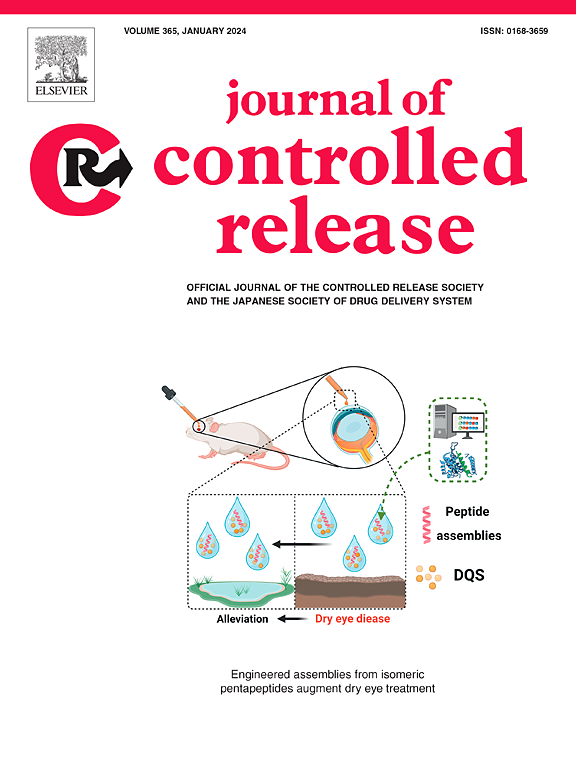Gentle and efficient engineering of primary human NK cells by photoporation with polydopamine nanosensitizers
IF 10.5
1区 医学
Q1 CHEMISTRY, MULTIDISCIPLINARY
引用次数: 0
Abstract
Over the past several years, adoptive T cell therapies have accounted for great success in treating diverse malignancies. More recently, however, NK cells are being investigated as a promising alternative. Due to the innate antiviral properties of NK cells, viral engineering has proven to be challenging, prompting the development of non-viral transfection technologies. In this work, we evaluated photoporation with polydopamine nanosensitizers as a notable upcoming transfection technology for the engineering of NK cells and compared its performance to Nucleofection. Our results demonstrated the successful transfection of NK cells with eGFP mRNA and gene editing with Cas9 ribonucleoproteins (RNPs) for knock-out of the KLRC1 gene, encoding for the inhibitory NK cell receptor NKG2A. Importantly, no alterations to the phenotype of the cells (e.g. expression of surface markers and release of cytokines) could be detected, nor was the proliferation or cytolytic capacity of the cells influenced by either of the treatments. Overall, our findings highlight the potential of polydopamine-sensitized photoporation as a gentle and efficient transfection technology for NK cell engineering.


求助全文
约1分钟内获得全文
求助全文
来源期刊

Journal of Controlled Release
医学-化学综合
CiteScore
18.50
自引率
5.60%
发文量
700
审稿时长
39 days
期刊介绍:
The Journal of Controlled Release (JCR) proudly serves as the Official Journal of the Controlled Release Society and the Japan Society of Drug Delivery System.
Dedicated to the broad field of delivery science and technology, JCR publishes high-quality research articles covering drug delivery systems and all facets of formulations. This includes the physicochemical and biological properties of drugs, design and characterization of dosage forms, release mechanisms, in vivo testing, and formulation research and development across pharmaceutical, diagnostic, agricultural, environmental, cosmetic, and food industries.
Priority is given to manuscripts that contribute to the fundamental understanding of principles or demonstrate the advantages of novel technologies in terms of safety and efficacy over current clinical standards. JCR strives to be a leading platform for advancements in delivery science and technology.
 求助内容:
求助内容: 应助结果提醒方式:
应助结果提醒方式:


